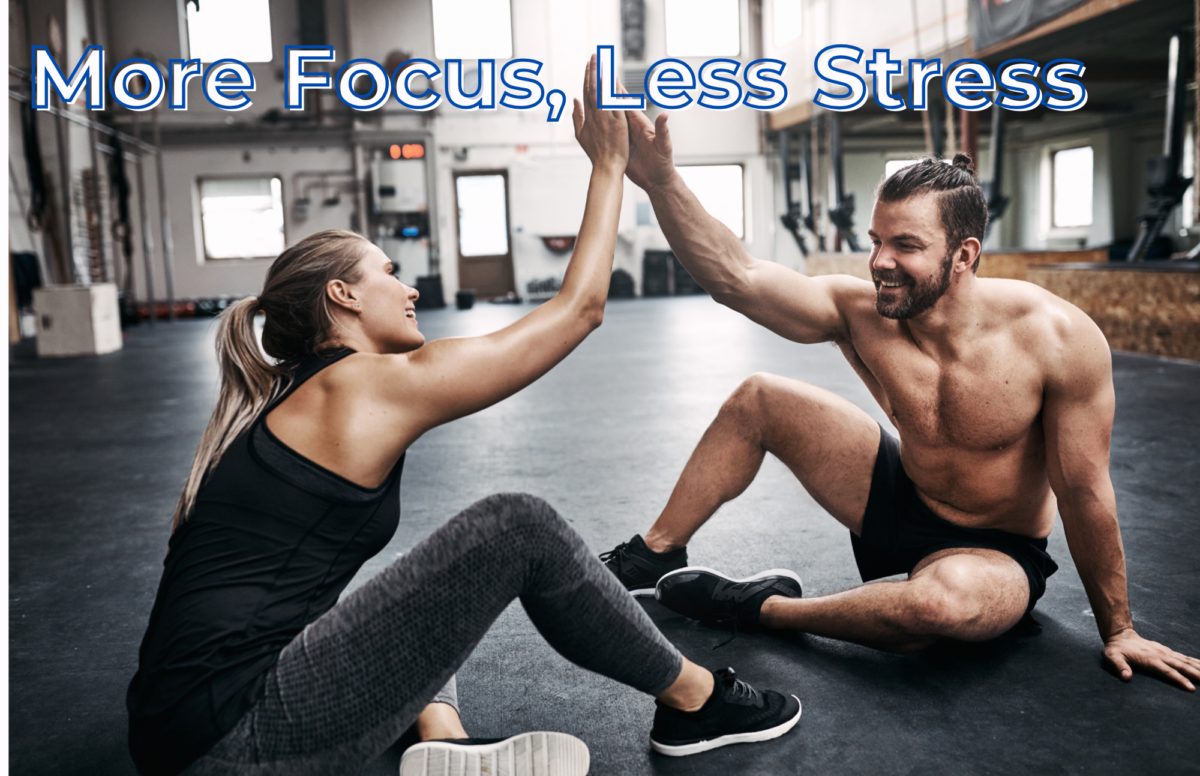Boost Your Productivity and Focus: Exercise and ADHD

Do the words “exercise” and “working out” make you yawn? If so, I’m right there with you! But here’s something that might surprise you: exercise could be the ultimate secret weapon for those of us dealing with ADHD symptoms. Let me share why physical activity has become the go-to strategy for improving focus, calm, and productivity.
How Exercise Transforms the ADHD Brain
Exercise isn’t just about getting fit—it’s literally changing your brain chemistry. When we exercise, our brains produce more dopamine and norepinephrine—neurotransmitters that help with attention, motivation, and mood regulation. These are precisely the chemicals that tend to be in shorter supply or out of balance in those with ADHD. This explains why regular physical activity delivers so many benefits:
- Sharper Focus: Physical activity enhances cognitive functions, helping your brain stay attentive when you need it most.
- Stable Mood: Regular exercise reduces anxiety, stress, irritability, and those frustrating mood swings that often accompany ADHD.
- Enhanced Productivity: The increased blood flow to your brain translates to clearer thinking, better planning, and improved task management.
- Reduced Depression: Multiple studies show that exercise can be as effective as antidepressants for some people—without the negative side effects.
- Better Sleep: When someone struggles with ADHD, good sleep can feel impossible to achieve. Exercise helps regulate our circadian rhythms and lowers stress, leading to better sleep quality and improved focus the next day.
- Increased Self-Esteem: Many people with ADHD battle low self-esteem. Exercise helps us feel physically stronger and gives us a sense of discipline and accomplishment.
- Improved Digestion: Proper nutrition is crucial for managing ADHD symptoms, and good digestion ensures we absorb those essential nutrients effectively.

Which Exercises Work Best for ADHD?
The great news is that almost any physical activity can help, but research suggests certain types may be particularly beneficial:
- Aerobic Exercise: Running, swimming, biking, dancing, or even brisk walking can significantly boost brainpower. This is the most accessible type of exercise and can be genuinely enjoyable!
- Mind-Body Exercise: Practices like yoga, martial arts, and Tai Chi help calm the mind, reducing impulsivity and improving self-control.
- Strength Training: Adding resistance training enhances executive function and brings mental clarity that carries over into daily tasks.
- Making Exercise Stick When You Have ADHD
- I know firsthand how challenging it can be to establish an exercise routine with ADHD. Here’s what works for me and my clients:
- Start Small: Aim for just 15-20 minutes daily and build from there. Remember, even a short workout is infinitely better than none at all.
- Schedule It Like It’s Essential: Because it is! In my experience, if you treat exercise as optional, it probably won’t happen. Commit to at least 10 minutes on weekdays. I’ve found that once I start, I usually end up doing more.
- Find Your Exercise Love: Experiment until you discover what clicks for you. My personal favorites are dancing and strength training, and I prefer following YouTube videos rather than attending classes. Your preferences matter—honor them!
- Choose Activities You Enjoy: You’re much more likely to stick with exercises that actually make you feel good during and after.
- Be Kind to Yourself: Don’t expect perfection. If you miss a day, simply try again the next day.
- Maximizing Your Exercise Benefits for ADHD
- Consider Outdoor Workouts. Studies suggest exercising outside provides additional benefits, though the most important thing is to exercise somewhere—anywhere!
- Add Music: Choose music you love to make your workout more enjoyable and motivating.
- Solo or Social? Some people prefer the accountability of group workouts, while others (like me) prefer exercising alone. Do what works for you.
- Gym or Home? Choose what’s most convenient. I’ve found that since my gym is 15 minutes away, the extra 30 minutes of commuting actually decreases my likelihood of working out. That’s why home workouts work better for me.
- Schedule It In Writing: Use your planner (check out our ADHD planner!) to schedule your workout times. When it’s written down, it becomes a commitment rather than just an intention.
Remember, the perfect exercise routine is simply the one you’ll actually do consistently. Start where you are, use what you have, and celebrate every step forward!

